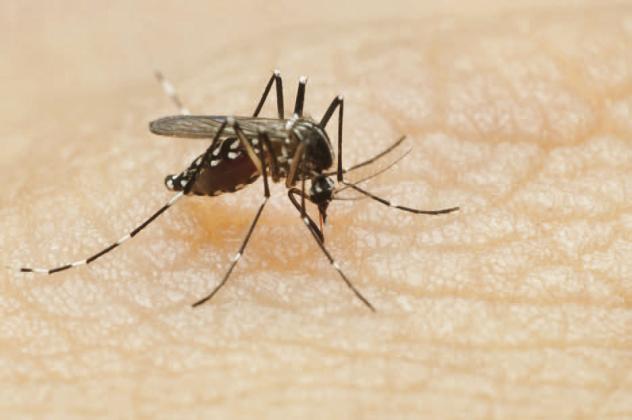Local officials: Take precautions to protect yourself from mosquitos
With recent mosquito-related malaria cases reported in Florida, local and state officials are advising residents on how to protect themselves from the blood-sucking insects.
Florida Department of Health officials said seven local cases of malaria have been treated and have recovered in Sarasota County, just two hours southwest of Osceola County, where no cases have yet been reported.
Malaria is transmitted through infected mosquitoes. Residents should take precautions by applying bug spray, avoiding areas with high mosquito populations, and wearing long pants and shirts when possible—especially during sunrise and sunset when mosquitos are most active, state officials said.
People with malaria often experience fever, chills, and flu-like illness. Left untreated, they may develop severe complications and die, according to the U.S. Centers for Disease Control.
Treatment is readily available through hospitals and other health care providers. The Osceola County Health Department stated in an email that it was forwarding all inquiries about the malaria cases to the state.
“Since the initial case was confirmed, the department has worked diligently with local partners to keep communities informed and educated on mosquito-borne illness prevention,” the state health department website stated. “Aerial and ground mosquito spraying continue to be conducted in these areas to mitigate the risk of further transmission.”
According to Osceola County Mosquito Control, the bugs can be reduced significantly around homes by minimizing the amount of standing water available for breeding. Reduce standing water around the home in a variety of ways, including: Dispose of tin cans, plastic containers, ceramic pots or similar water-holding containers that have accumulated on your property.
Empty standing water from used or discarded tires that may have accumulated on your property (e.g. tire swings).
Drill holes in the bottom of recycling containers that are left out of doors.
Clean clogged roof gutters on an annual basis, particularly if the leaves from surrounding trees have a tendency to plug up the drains.
Turn over plastic wading pools when not in use.
Turn over wheelbarrows and do not allow water to stagnate in birdbaths. Change water in birdbaths and wading pools on a weekly basis.
Aerate ornamental pools or stock them with fish.
Clean and chlorinate swimming pools that are not being used. Be aware that mosquitoes may even breed in the water that collects on swimming pool covers.
Clean animal troughs weekly.
Irrigate lawns and gardens carefully to prevent water from standing for several days.
State health officials stressed that residents should cover skin with clothing or appropriate repellent. Wear shoes, socks, and long pants and long sleeves. This type of protection might be necessary for people who work in areas where mosquitoes are present.
And, wear repellents with DEET, picaridin, oil of lemon eucalyptus, para-menthane-diol, 2-undecanone, and IR3535. Use mosquito netting to protect children younger than 2 months old.
Some repellents are not suitable for children. Ensure the repellent is safe for children and age appropriate: Mosquito repellents containing lemon eucalyptus oil or para-menthanediol should not be used on children 3 or younger. DEET is not recommended on children 2 and younger. Avoid applying repellents to the hands of children Parents should apply repellent to their hands first and then transfer it to the child’s skin and clothing.
In 2020, an estimated 241 million cases of malaria occurred worldwide and 627,000 people died, mostly children in sub-Saharan Africa, CDC officials said. About 2,000 cases of malaria are diagnosed in the United States each year.




